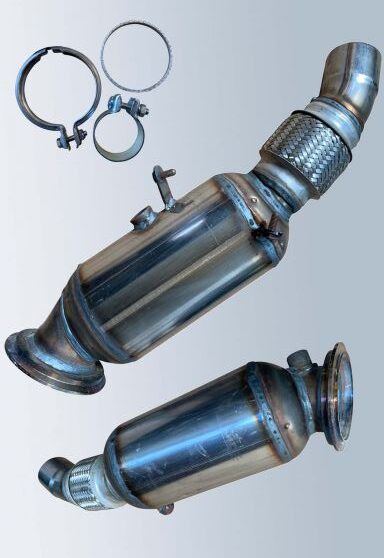What is a catalytic converter and how does it work?
A catalytic converter is a small device that is installed in your car’s exhaust system. It is essentially a canister filled with a ceramic honeycomb coated in precious metals (this is why they are stolen), such as platinum, palladium, and rhodium. The purpose of the catalytic converter is to reduce harmful emissions from your car’s exhaust by converting them into less harmful substances.
How Does a Catalytic Converter Work?
As exhaust gases flow through the honeycomb structure of the catalytic converter, a chemical reaction takes place. The precious metals in the converter act as catalysts, triggering a reaction that turns harmful pollutants like carbon monoxide, nitrogen oxides, and hydrocarbons into less harmful substances such as carbon dioxide, nitrogen, and water vapor.
Why is a Catalytic Converter Important for Your Vehicle?
A catalytic converter is an important component of your vehicle because it helps to reduce the harmful emissions produced by your car’s engine. In fact, it’s required by law in most states for vehicles to have a working catalytic converter. If your catalytic converter is not functioning properly, you may fail your state’s emissions test or experience a decrease in your car’s performance.
Signs of a Failing Catalytic Converter
If you notice any of the following signs, it’s possible that your catalytic converter is failing and may need to be replaced:
- Decreased fuel efficiency
- Reduced acceleration or power
- Rattling noise coming from the exhaust system
- Check engine light illumination
Maintenance of Catalytic Converters
Catalytic converters require little maintenance over their lifespan but they can become clogged over time due to the buildup of excess carbon. To keep your catalytic converter functioning properly, it’s important to have your car regularly serviced by a mechanic who can inspect the converter and clear any clogs or blockages.



